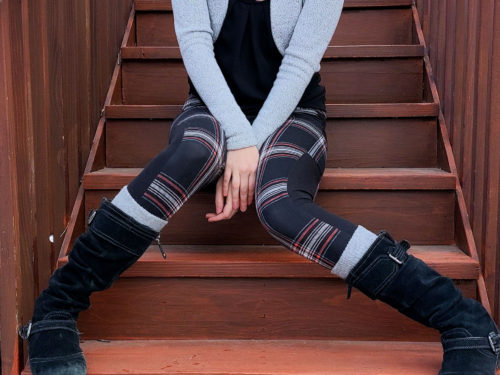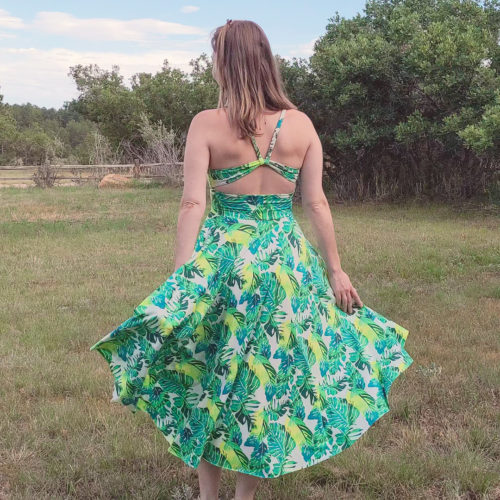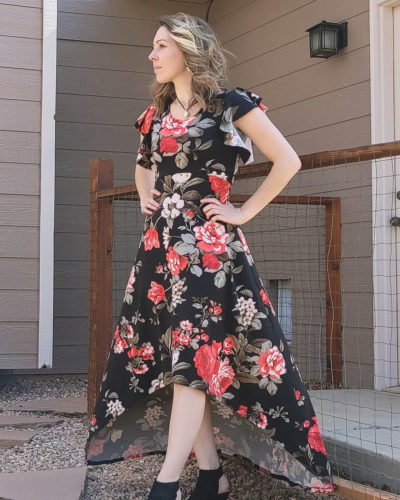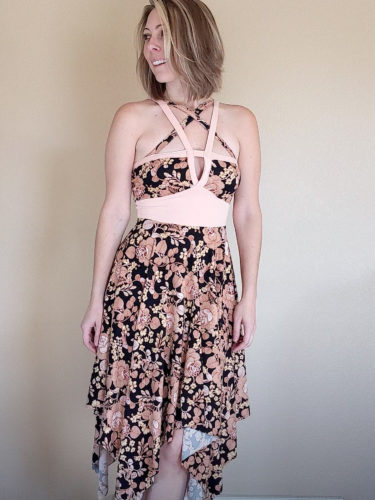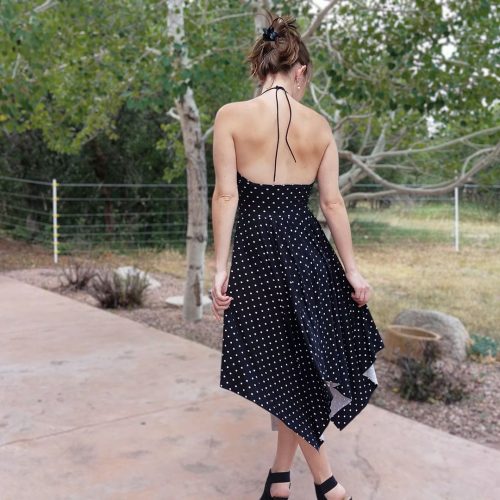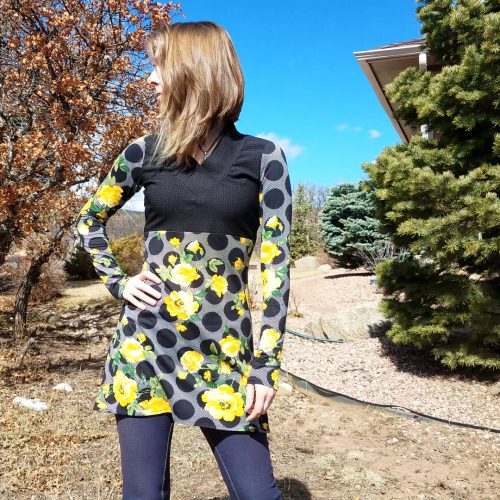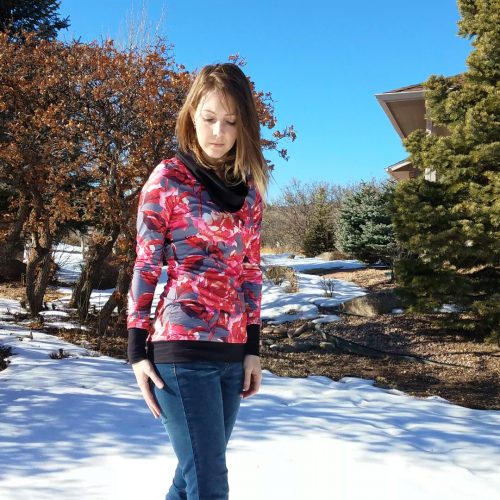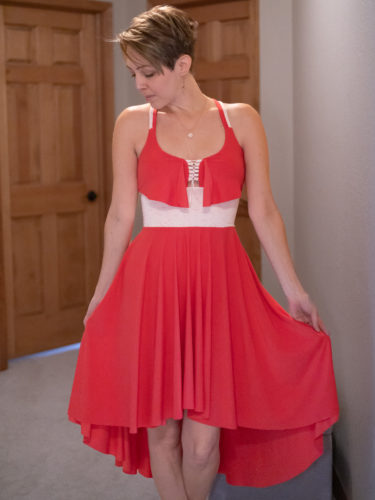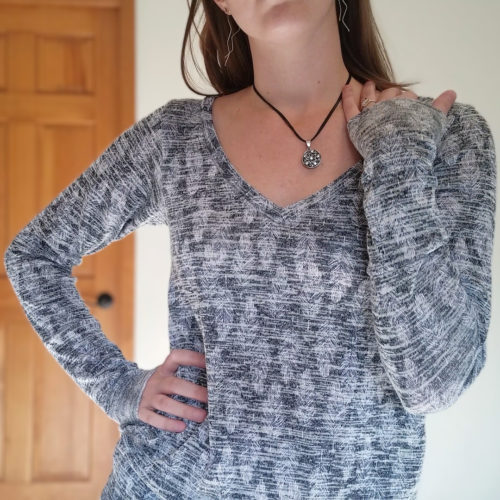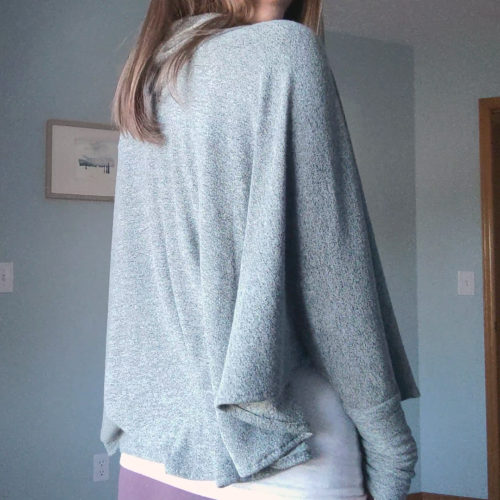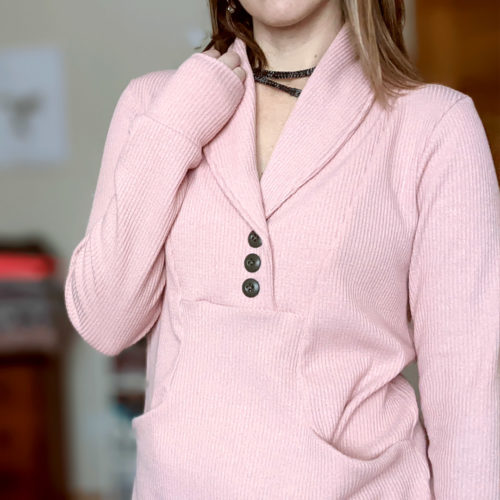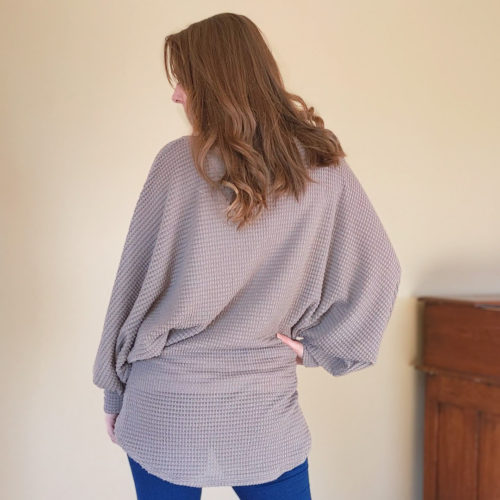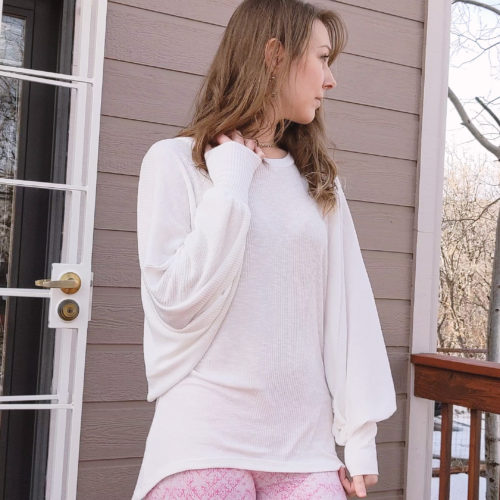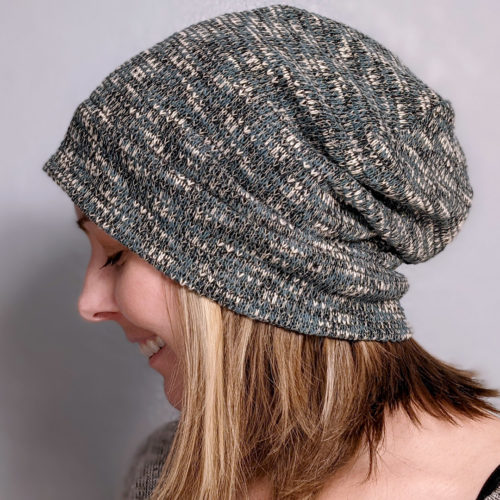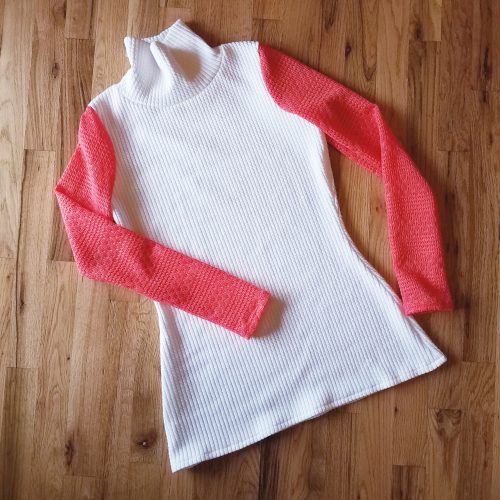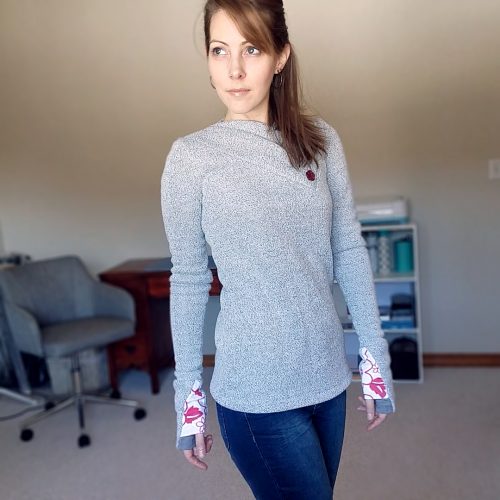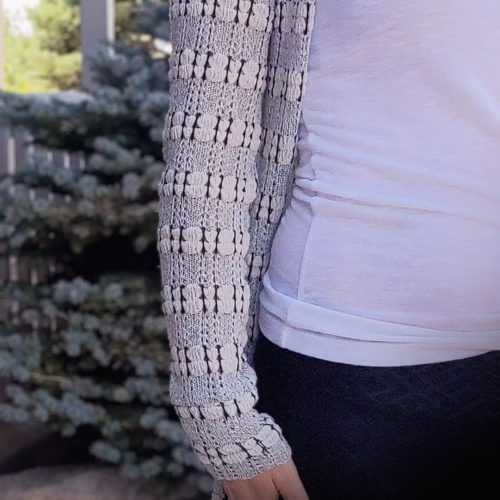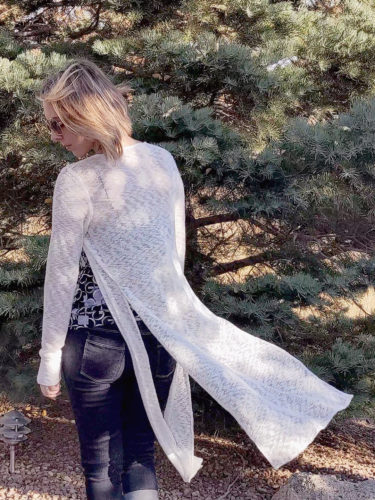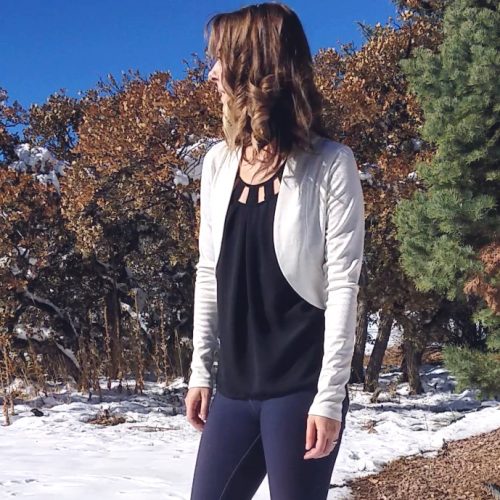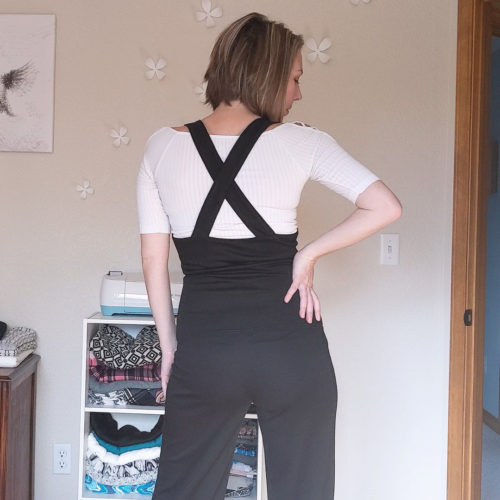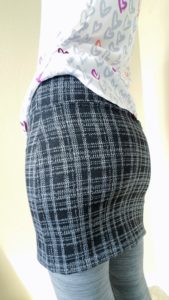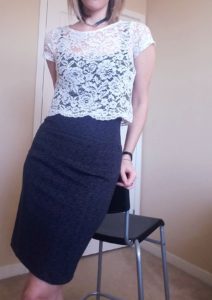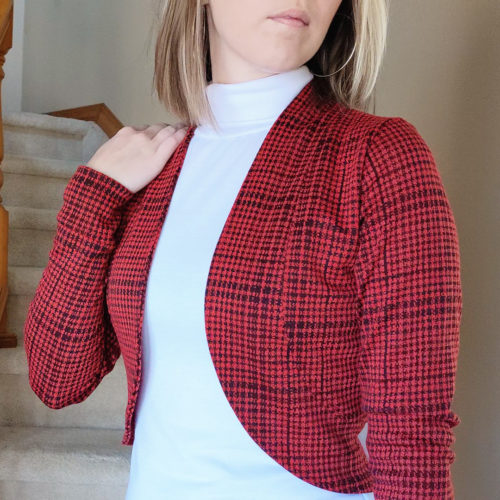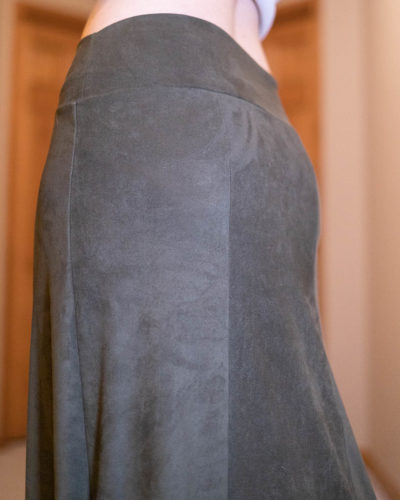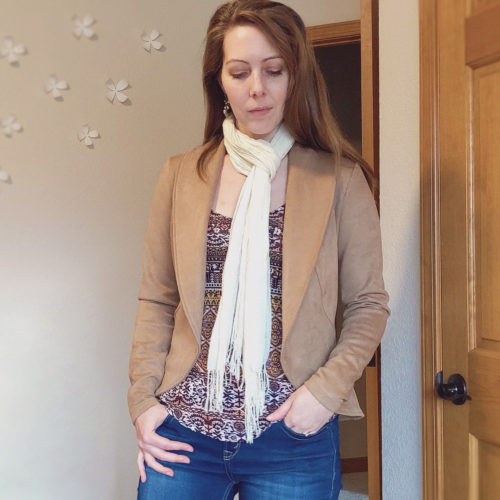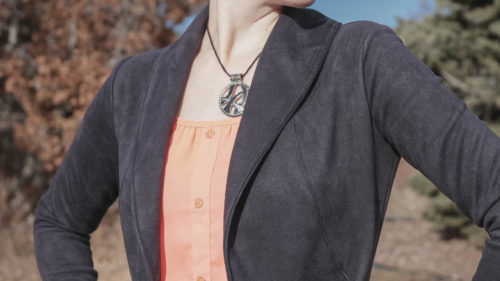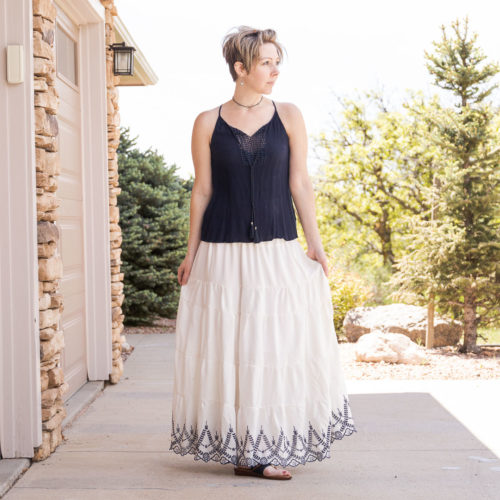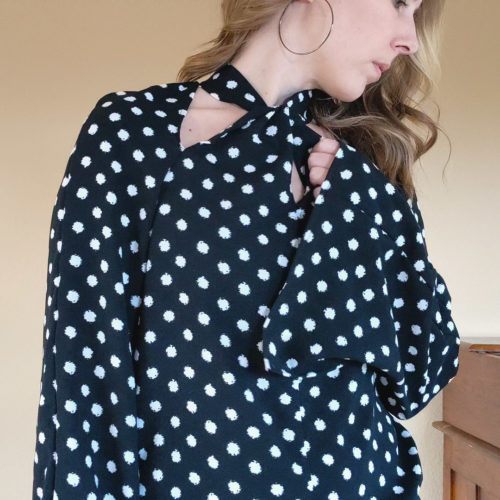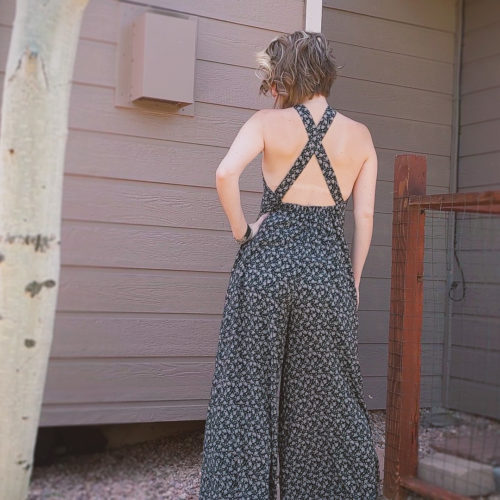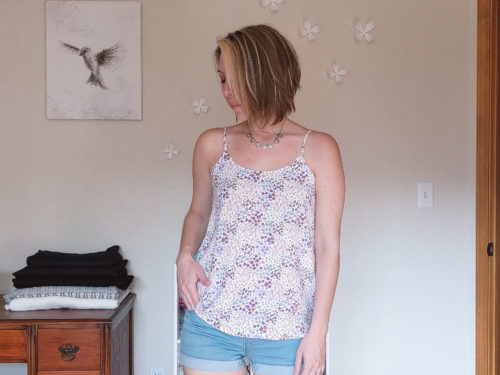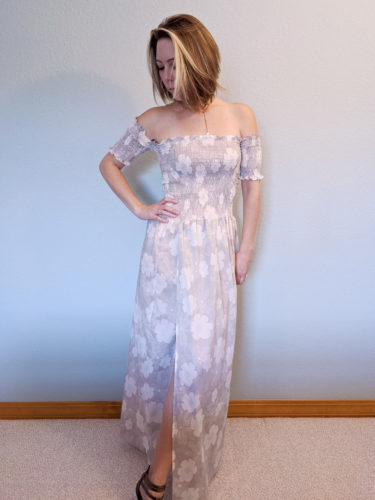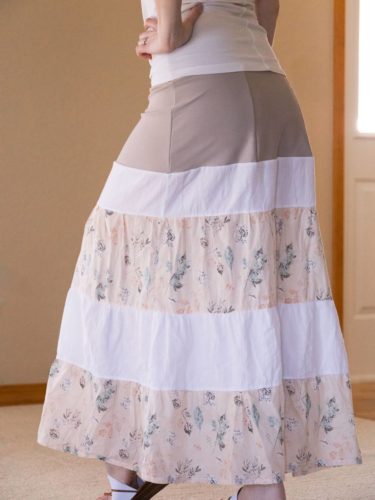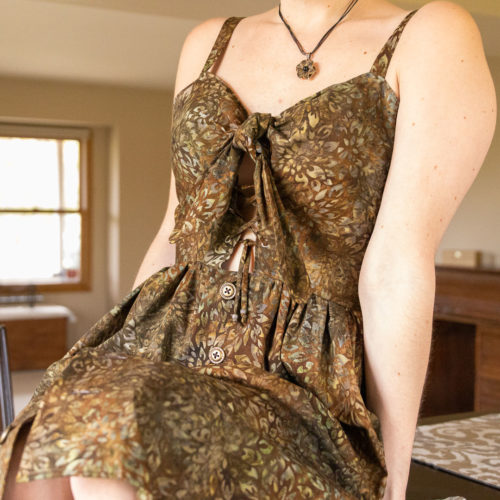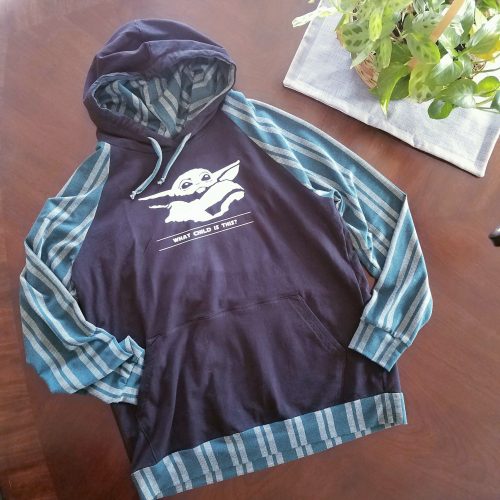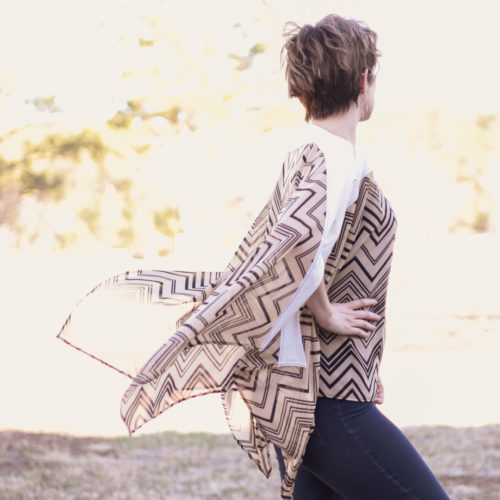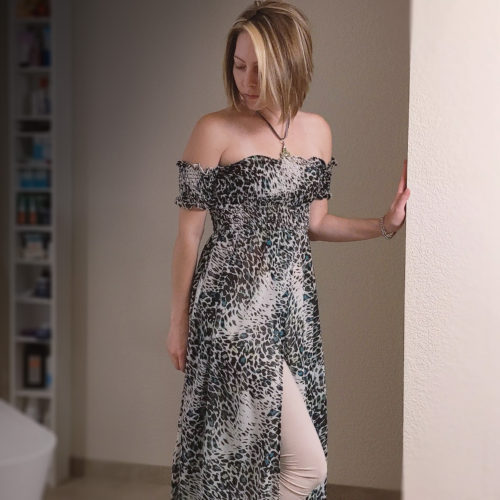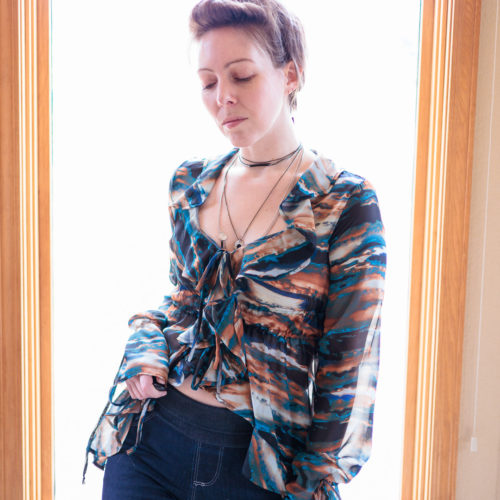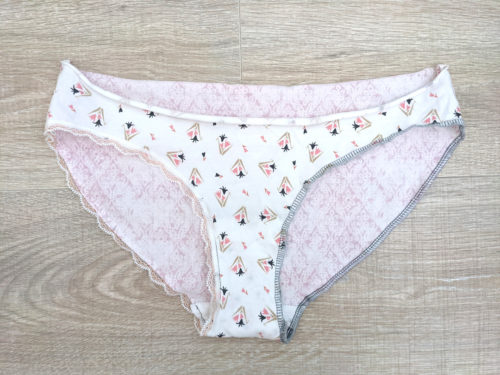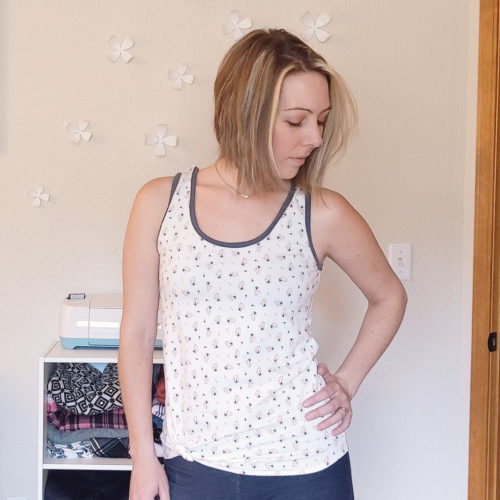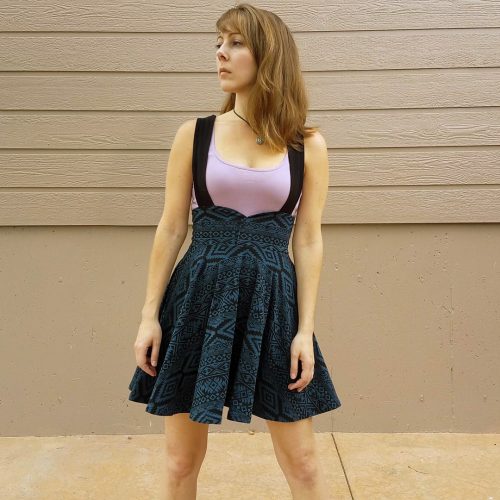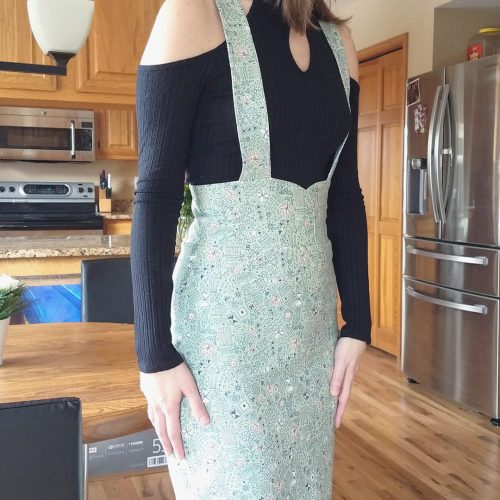My Favorite Fabrics
Stepping into the world of sewing is to step into the world of fabric, and the world of fabric is wonderful and varied and overwhelming. So here’s a little resource listing my personal favorites when it comes to fabric and the reasons why. One shouldn’t talk about favorites without also mentioning some fail fabrics, so I’m including a list of those, too.
My Favorite Knits (Stretch Fabric)
- Double Brushed Poly (DBP) competes with sweater knits for the top of my favorites. It’s so versatile, so comfortable, and comes in countless prints. I personally love it for dresses and leggings, but it shines in almost any application. I do tend to avoid it for things like bindings, though, as it tends to have a stretched-out appearance when used in that manner.
- Sweater Knit is less a specific fabric and more a type of fabric that covers a broad range of properties. Sweater knits can be very light or very thick. They can be ribbed or smooth. They can be brushed or not, super stretchy or not, with weaves ranging from open to loose to tight. And I pretty much love them all (with the exception of waffle knits; I just don’t care for how those look.) Sweater knits are my kryptonite and I’m not entirely sure why. It could be the comfort, the variety, and the versatility, much like DBP.
- Ponte (ponte de roma) is a great double knit. Double knits are thicker, stable knits, typically with a smooth hand. It’s an incredibly well-behaved fabric. My favorite uses for it are for more structured garments: pants, jackets, fitted dresses (where it naturally offers more control than lighter knits.)
- Faux Suede Knit is a luxurious winter-weight fabric. Some of them are brushed on both sides, and some are brushed only on the face. Likewise, some of them have a very fluid drape, and some of them are more structured. You can make anything from skirts to blazers depending on the fabric properties. What they all have (at least all the one’s I’ve snatched up) is that incredibly soft and supple suede texture on the fabric face. For anyone that finds comfort in pleasing tactile experiences, this fabric ticks the box.
My Favorite Wovens (Non-stretch)
- Rayon Challis is a lightweight non-stretch fabric with beautiful fluidity. It just floats away from the body and drapes so well, making it great for summer garments. It has a smooth and cool hand. It’s supposedly wrinkle resistant, but that seems to be a straight-up lie, especially in the case of lighter rayon challis after washing the garment. It gets very wrinkled in the wash, and tends to shrink and requires much ironing to restore to its hot-off-the-sewing-machine glory. Even with that extra maintenance, it remains one of my favorites.
- Cotton Voile is another beautiful summer-weight woven fabric. It has a stiffer hand and so it doesn’t drape as well as rayon challis, but it is equally airy and lightweight. It’s usually a little on the sheer side as well, especially in lighter colors.
- Batiks—which is both a mode of production and the cloth created by it—are to die for. They’re hand-dyed usually on a cotton woven. Artisans use wax to control where the dye goes and the end results are absolutely beautiful. If ever I find myself overseas in Africa or Indonesia (where this technique originated), I want to wander the local markets and get some first-hand, authentic batiks and completely gush over the artistry of these people! [This stunning cut of authentic Indonesian batik from Cali Fabrics is ready to go for some kind of summer dress.]
Fabrics I Hate
- French Terry easily tops this list. I’m fully aware this probably blows the minds of the majority of sewists—much like I send graphic designers into fanboy seizures when I point out that Mac computers are pretty dumb. I stand by both of these claims with gusto. Why do I hate French Terry? I personally think it’s an ugly fabric. It has looped threads on the back, which screams dish cloth. For all the raving I’ve seen over it for winter clothes and sweatshirts and hoodies, it’s not warm and it’s not cozy. (Look for sweatshirt fleece if you’re in the market for warm and cozy.) It’s also way too drapey and flimsy for sweatshirts and hoodies. The cut edges roll and shed, which makes it really annoying to work with.
- Chiffon floats around on my hate list. It’s super light and shifty and frays like mad—which isn’t surprising given it’s a woven fabric. Maybe hate is too strong a word. I like the fabric itself, but I dislike working with it. A lot of that dislike went away when I discovered my favorite technique for hemming it.
- Cotton Lycra, also called cotton spandex, is another fabric that might make you want to gouge your eyes out. It has its uses—bindings, bands, leggings, and underwear, to name a few. But it’s quite unpleasant to work with because it rolls pretty fiercely at the edges—including the selvages. You can see this in action around the top of the test underwear photo below. And that example is very mild compared to the rolling I encounter with most cotton lycra. For garments with more ease, this fabric does not hang in an overly pleasing manner. I’ve tried it on shirts and skirts and have concluded it’s best used for fitted clothing.

